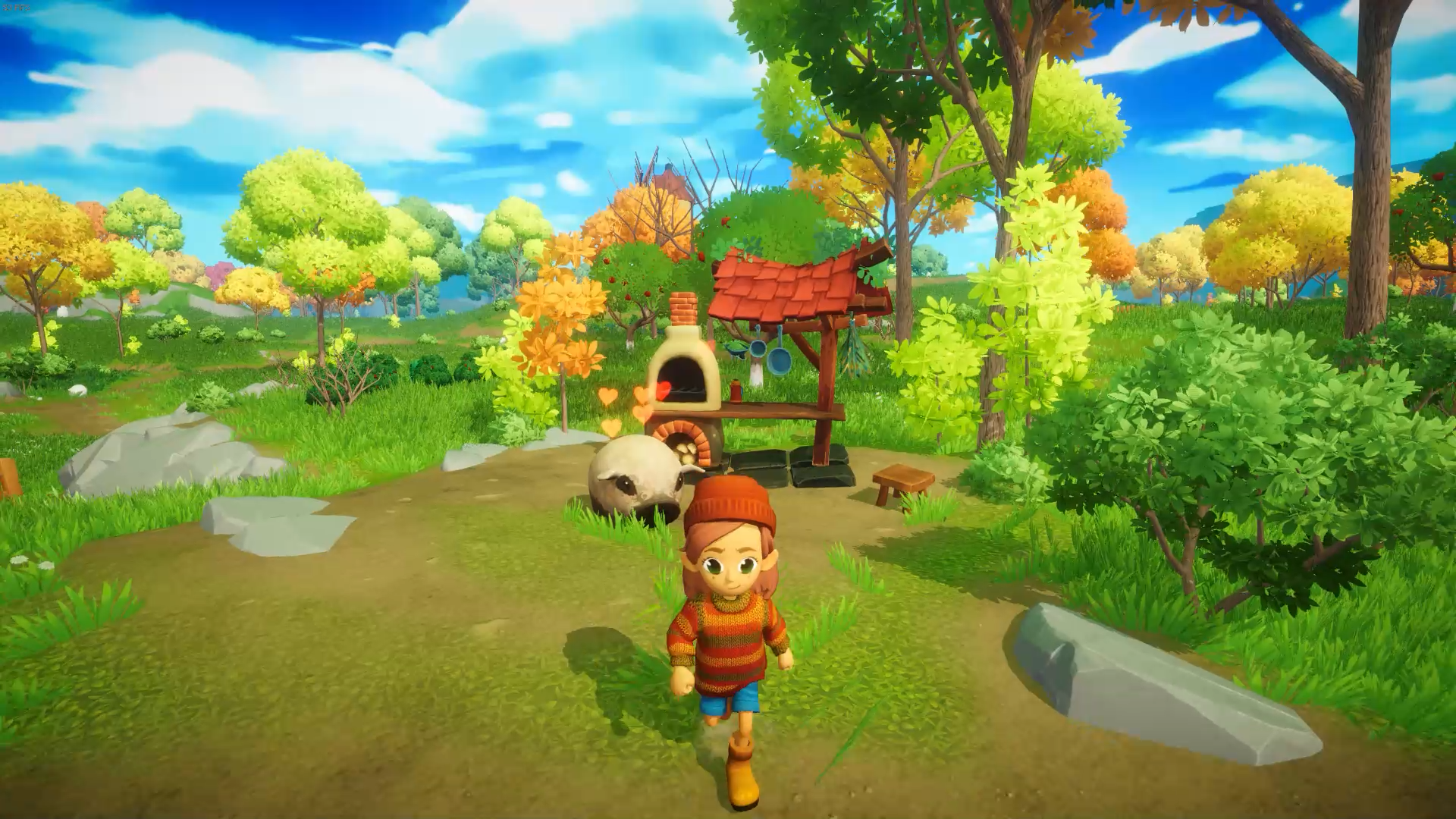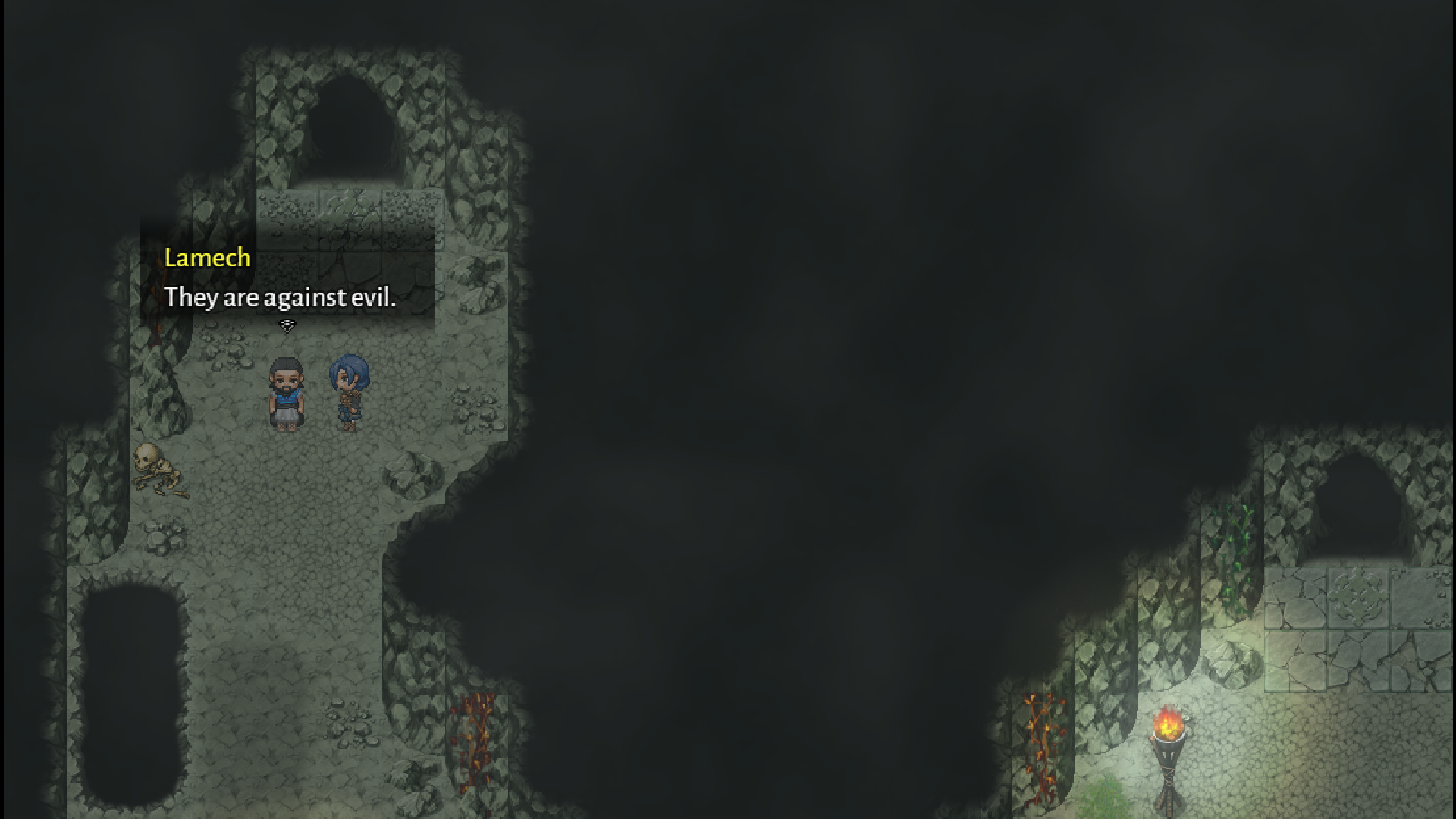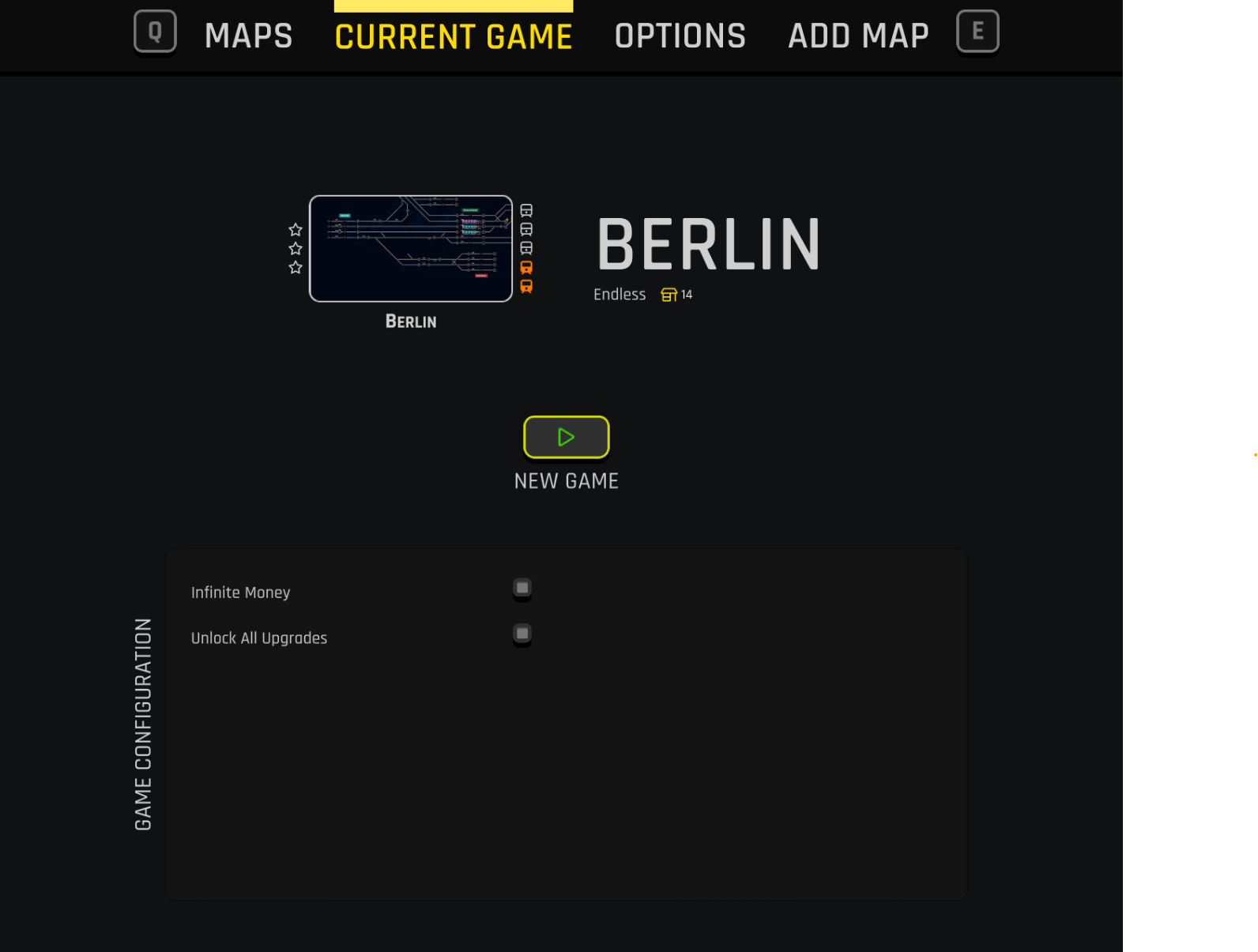
Apr 3, 2023
Bloodhound: First day in hell - Bloodhound
Attention all Bloodhound prologue players! We're excited to announce a new patch update that includes several fixes and improvements to the game. Let's take a look at some of the changes that have been made.
• Improved collider for easier pickup of items such as medkits and ammo placed on the map.
• Fixed a bug with the camera in the pause menu that unlocked the game while exiting settings with the Esc key.
• Fixed a bug with picking up demon orbs that were dropping from Cuppidyns, now you can pick them up.
• Fixed a bug with disappearing keybinds in settings.
• Fixed a bug with difficulty level not refreshing in settings.
• Changing the difficulty level in settings during gameplay now works correctly.
Thank you for playing "First Day in Hell" and we hope these updates will enhance your gaming experience.
• Improved collider for easier pickup of items such as medkits and ammo placed on the map.
• Fixed a bug with the camera in the pause menu that unlocked the game while exiting settings with the Esc key.
• Fixed a bug with picking up demon orbs that were dropping from Cuppidyns, now you can pick them up.
• Fixed a bug with disappearing keybinds in settings.
• Fixed a bug with difficulty level not refreshing in settings.
• Changing the difficulty level in settings during gameplay now works correctly.
Thank you for playing "First Day in Hell" and we hope these updates will enhance your gaming experience.


















